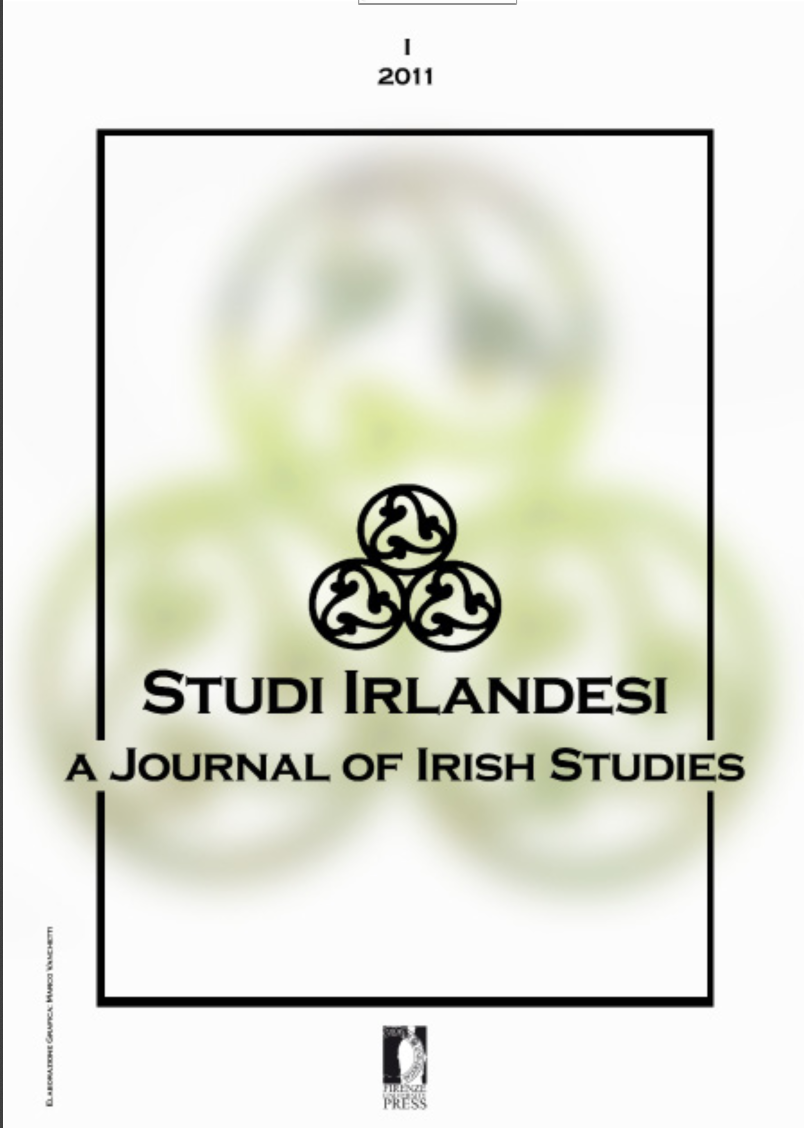Naturalizing Alterity: Edward Maturin’s “Bianca: A Tale of Erin and Italy” and Lady Morgan's “Italy”
Published 2011-08-04
How to Cite
Abstract
In the nineteenth century the image of Italy appealed also to Irish Romantic writers. But the way in which they naturalized the Italian alterity is quite ambivalent. On the one hand they filtered their images of the southern country through their relationship with England and thus ended up mirroring stereotypes common to the English-speaking world, and on the other hand they established a special, personal relationship with it shaped by their ideological and cultural differences from the British. This essay tackles the representations of Italy in two texts, namely Edward Maturin’s Bianca: A Tale of Erin and Italy, published in 1852, and in the earlier Italy (1821) by Lady Morgan. Both these works show that at that time there was a certain awareness, in Ireland, of the special historical and political conditions of Italy and of possible similarities with Ireland. Italy, oppressed by foreign domination yet aspiring to freedom, became a yardstick for gauging issues of subjugation, injustice, and national identity and invited sympathy from the citizens of a colonized country. Therefore, Italy was perceived as a mirror in which to reflect the Irish identity torn by aspirations which were hard to confess publicly or even to oneself.
Keywords: Maturin, Lady Morgan, alterity, Italy, Irish Romanticism


